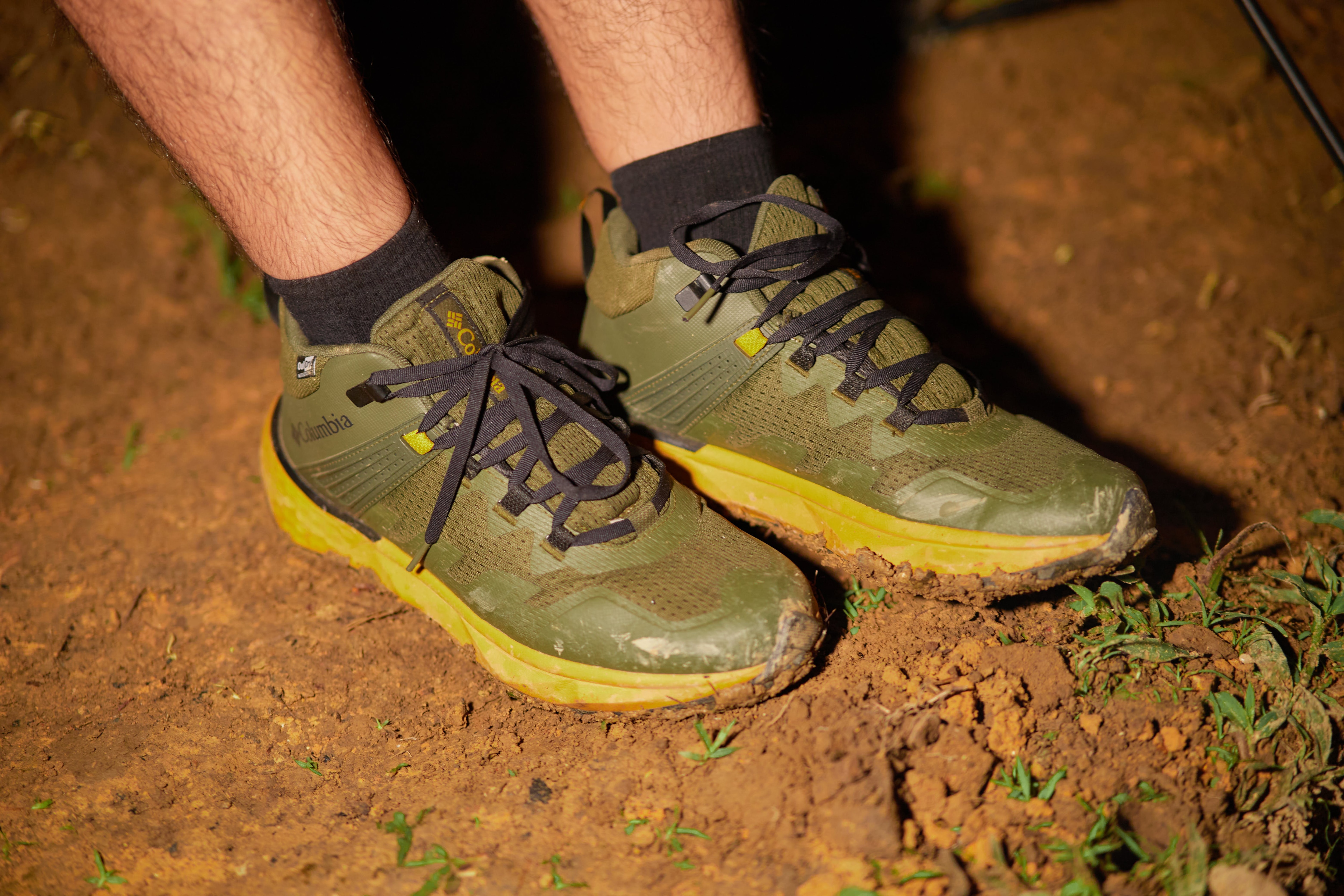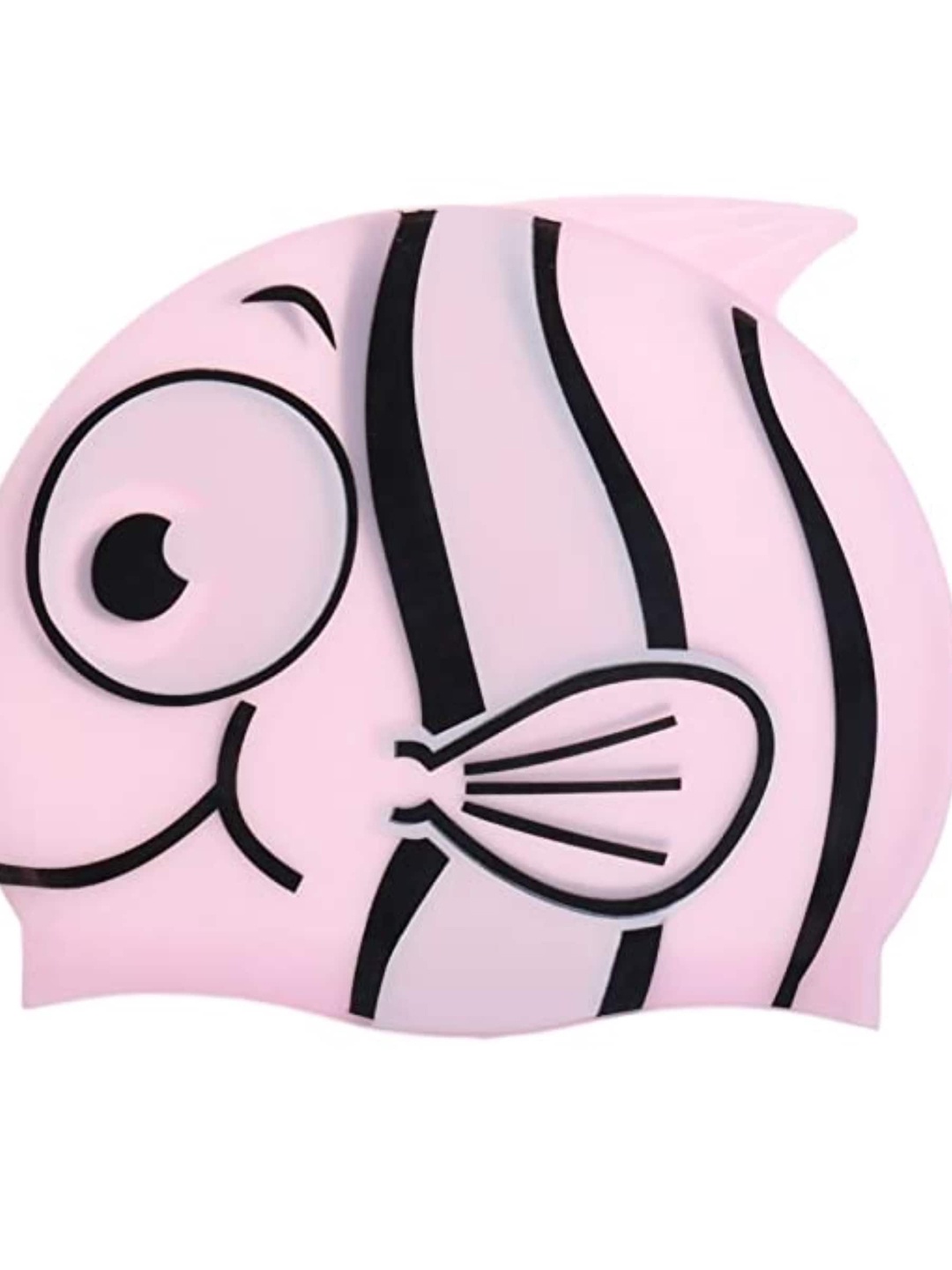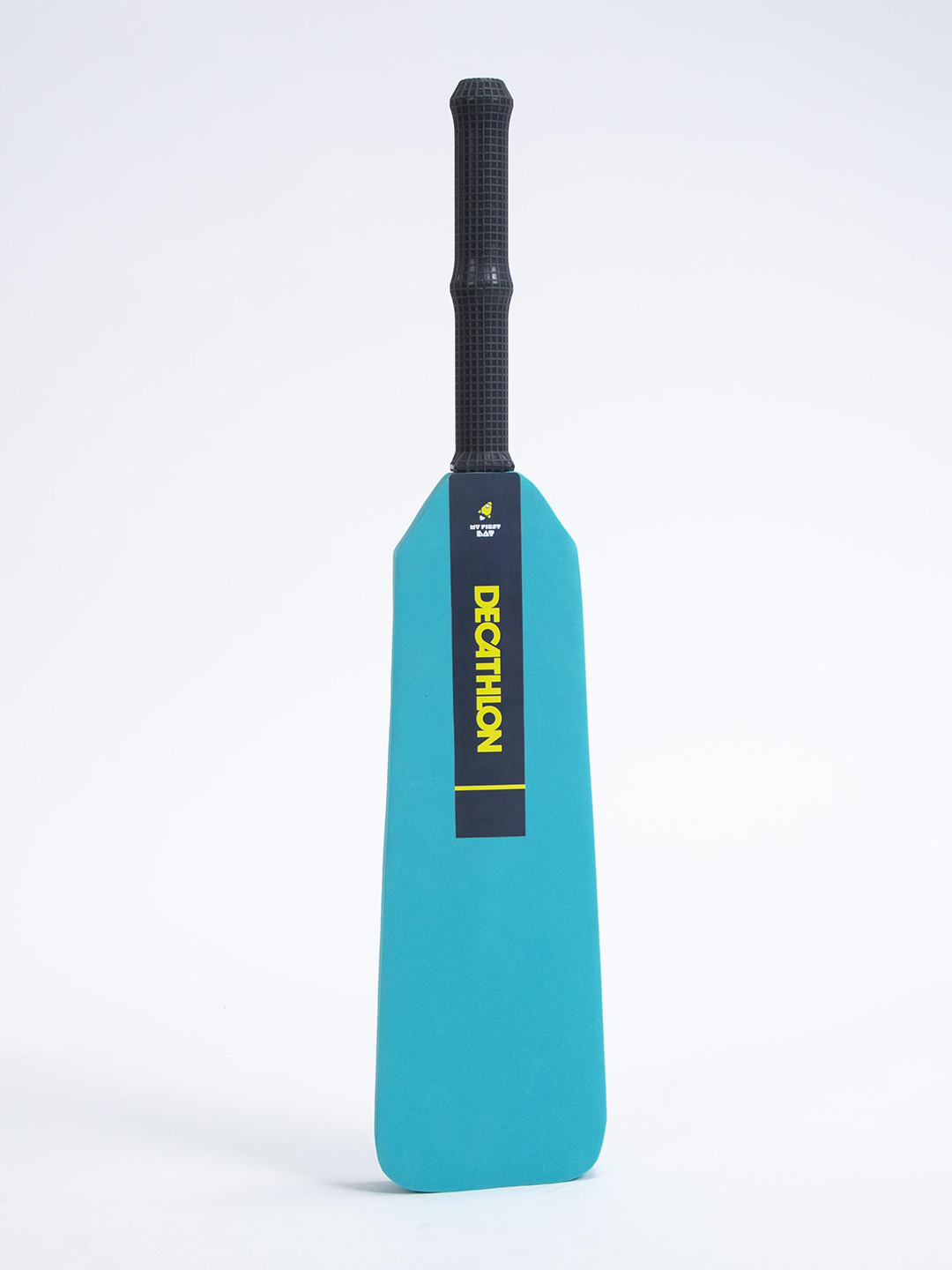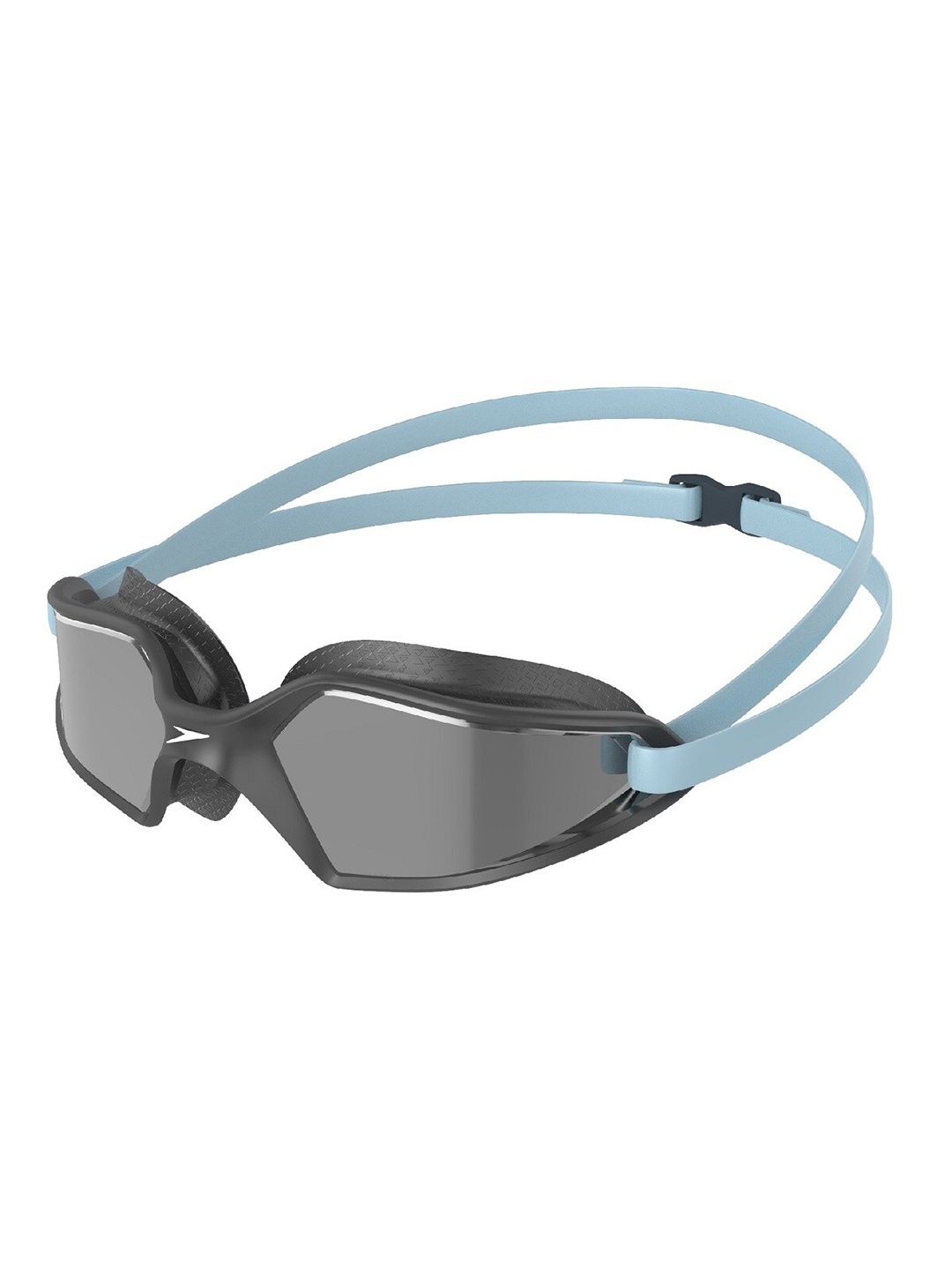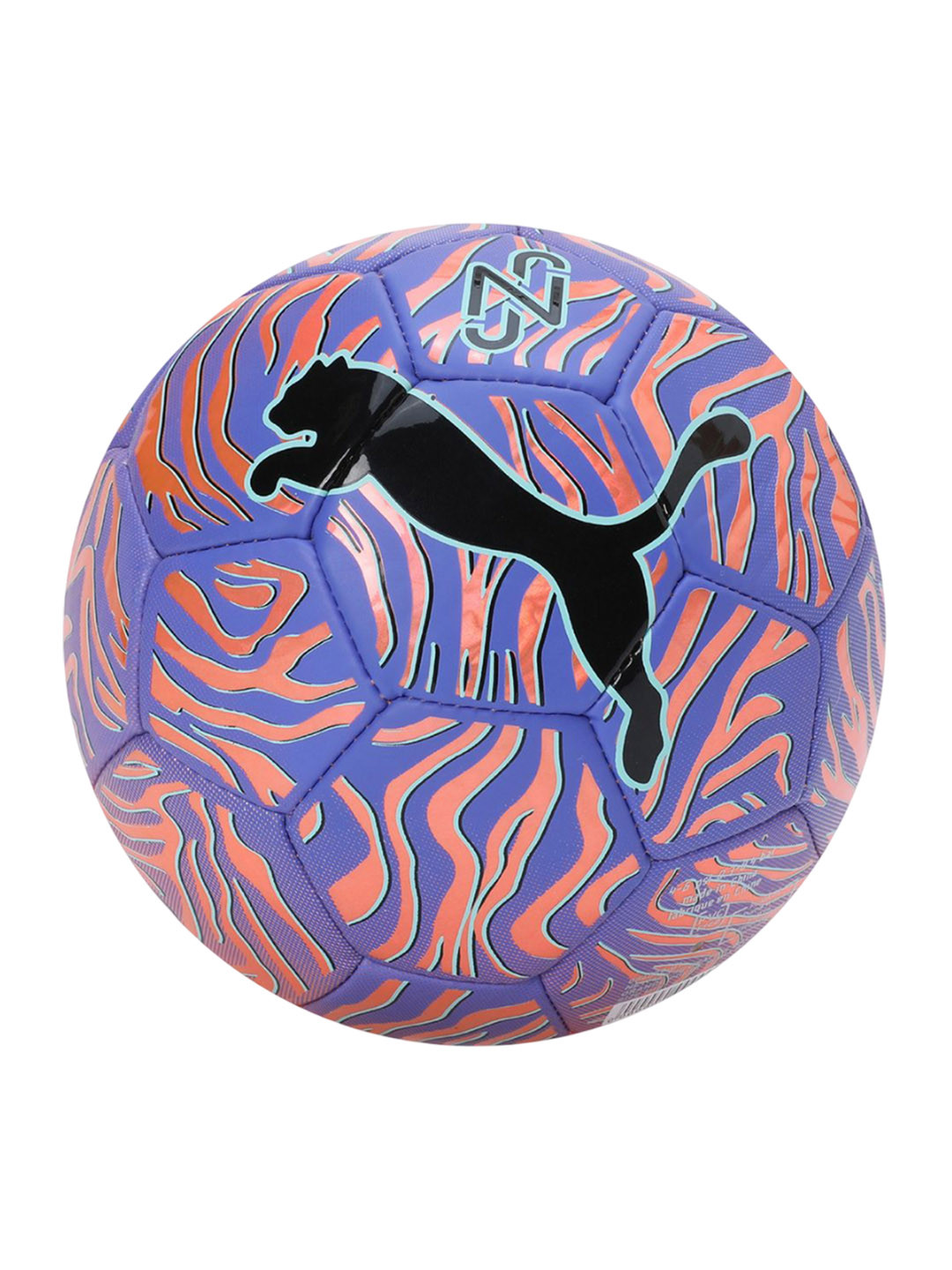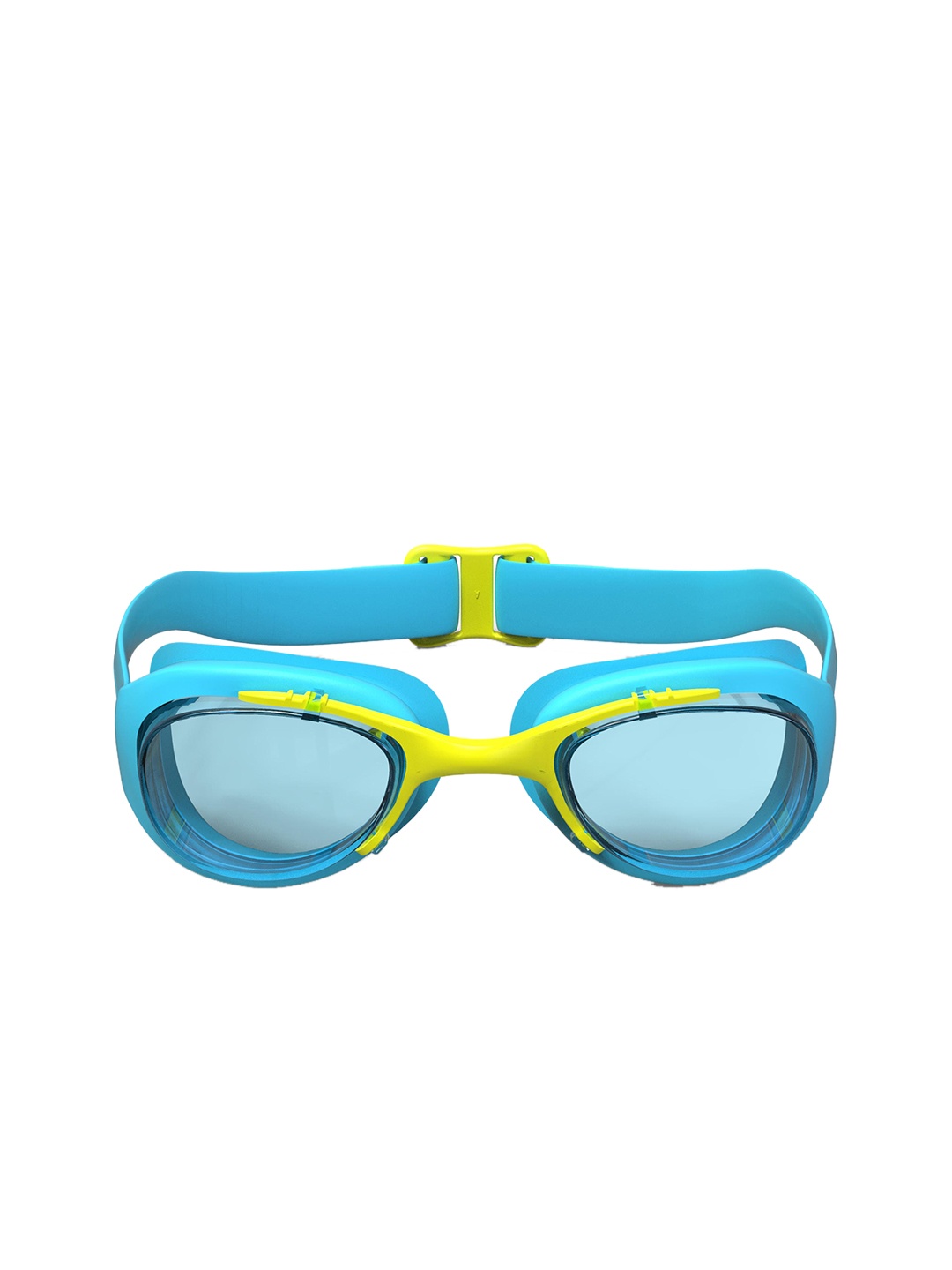How To Pick The Right Sports Shoes Walking, Gymming, Running And Everything In Between
A well-chosen pair of sports shoes can be a game-changer for your workout routine. Let’s explore the best shoes for different workouts and guide you to making an informed decision that will keep you comfortable, supported, and injury-free.

How To Choose The Perfect Sports Shoes For Running, Gym Walking And More
Let's face it: finding the perfect pair of sports shoes can feel like a journey in itself. You've probably wandered through shops, sifted through countless online reviews, and still found yourself scratching your head. Running shoes, cross-trainers, weightlifting shoes, there's an overwhelming amount of choices out there. And honestly, with so much information floating around, how do you even know where to start?
But here's the thing: the right pair of shoes isn't just about style or price. It's about performance, comfort, and most importantly, the specific workout you plan on doing. The wrong pair could lead to blisters, strained muscles, or even worse, an injury that sidelines your fitness progress.
So, let's break it down. In this article, we'll guide you through the key features to look for in a sports shoe, based on the workout you're tackling. From running to weightlifting, we've got you covered. Read on, because your ideal workout companion might be waiting for you, and it's a lot easier to find than you think!
1. Running Shoes: Comfort And Support For The Long Haul
When it comes to running, the shoes you wear are the foundation of your fitness routine. Whether you're sprinting short distances or pounding the pavement on long runs, a running shoe is designed to absorb the shock from each stride, support your feet, and protect against wear and tear.
Look for shoes with ample cushioning, especially in the heel and midsole. This cushioning absorbs the impact when your foot hits the ground, preventing strain on your joints and muscles. A lightweight, breathable upper material is also essential to keep your feet cool and comfortable during long runs.
For those who run on different terrains, like trails or uneven paths, consider trail running shoes. These often feature more robust outsoles with better traction to prevent slipping and provide additional ankle support. Remember, the best running shoes aren't always the flashiest, but they should feel like a natural extension of your foot. A good pair should have a snug fit, not too tight, yet secure enough to keep your foot in place as you run.
2. Cross-Training Shoes: Versatile Support For Mixed Workouts
Cross-training shoes are a fantastic choice if your fitness routine involves a variety of activities. Whether you're switching between running, cycling, or weightlifting, cross-trainers are designed to give you the support you need without compromising on versatility.
A solid cross-training shoe will typically have a stable base to handle weightlifting or HIIT exercises, while still being flexible enough for running or aerobics. The key is in the sole design: it should offer a balance between cushioning and stability, which is especially important when you're transitioning from one exercise to another.
Look for shoes with a wider outsole for better lateral support, this is vital if your workouts involve side-to-side movements, like in sports drills or circuit training. And don't forget breathability! Your feet will thank you for the moisture-wicking materials, keeping your feet cool as you move between exercises. With a good pair of cross-trainers, you'll be ready for almost any workout, no matter how varied.
3. Weightlifting Shoes: Stability And Grip For Maximum Power
Weightlifting might be the most demanding activity on your footwear, so choosing the right shoes is a must. Unlike other workouts, weightlifting requires shoes that offer maximum stability, especially for heavy lifts like squats and deadlifts. Flat soles with minimal cushioning are key because they allow your feet to stay firmly grounded during lifts, promoting better power transfer.
Many weightlifting shoes come with a raised heel, which helps improve your posture and depth during squats, allowing your knees to track over your toes more effectively. This raised heel also helps shift the weight distribution, enabling better engagement of the glutes and quads.
When selecting weightlifting shoes, look for a strong, non-slip outsole to prevent any unwanted movement during heavy lifts. The upper should be sturdy and supportive to avoid any distractions when focusing on your form. Though weightlifting shoes are usually stiffer and less flexible, their stability is what makes them perfect for the gym. A solid pair will give you the grip and confidence to push your limits safely.
4. Walking Shoes: Comfort For Everyday Strolls And Long Walks
It's easy to overlook walking shoes when thinking about sports footwear, but they're just as crucial as any other type of workout shoe. If your routine includes long walks or daily outdoor strolls, a comfortable, well-fitting pair of walking shoes can make all the difference.
Look for shoes with a cushioned sole to provide support for the arch and heel. Walking typically involves a rolling motion from heel to toe, so shoes that support this motion will reduce fatigue and prevent aches and pains. A flexible sole with decent grip is also essential for those early morning walks or daily errands, helping you navigate different terrains smoothly.
The upper material should be breathable to avoid overheating or sweating, especially if you're walking for extended periods. It's not just about comfort either; the right pair of walking shoes will help maintain proper posture and alignment, which can make your walks more enjoyable and efficient. The bonus? They'll keep your feet feeling fresh without the aches that come from poorly designed shoes.
Also Read: Step Into Style: Explore Top-Rated Men's Formal Shoes From ALDO Starting At ₹6,000 On Myntra
5. Cycling Shoes: Efficiency And Power Transfer For Better Performance
If cycling is your go-to workout, investing in a pair of proper cycling shoes is one of the best decisions you can make. Cycling shoes are designed with stiff soles to optimise the power transfer from your legs to the pedals, which translates to better performance and less energy wasted.
Look for shoes that are compatible with clipless pedals, which secure your feet to the bike and provide better control during each pedal stroke. This ensures you're not only pushing down with each stroke but also pulling up, allowing for a more efficient ride.
Cycling shoes should also feature a breathable, snug upper to keep your feet comfortable without restricting circulation. Ventilation is key, cycling can get sweaty, especially during intense rides, so look for shoes with plenty of air holes or mesh panels. Lastly, be sure that the shoe fits well around the heel, as any excess movement could cause discomfort or blisters over time.
6. Basketball Shoes: Grip, Cushioning And Ankle Support
Basketball is a high-intensity sport that requires constant running, jumping, and quick lateral movements. To avoid injuries like ankle sprains or stress fractures, you need shoes designed specifically for the sport. A good pair of basketball shoes provides superior grip, cushioning, and ankle support.
Look for shoes with a high-top design for enhanced ankle stability. This is particularly important when making sharp cuts or jumping for a rebound. The sole should offer excellent traction to prevent slipping on the court, while the midsole cushioning absorbs the shock from jumps and sprints.
Additionally, basketball shoes should be lightweight enough to allow quick movement but still provide ample protection for your feet and ankles. A well-fitted basketball shoe should feel like an extension of your foot, providing both speed and protection throughout the game. Remember, your shoes should help you play harder, not hold you back!
7. Yoga And Pilates Shoes: Flexibility And Barefoot Comfort
If yoga or Pilates is your workout of choice, your footwear should support your need for flexibility, balance, and freedom of movement. For many, a barefoot approach is the best way to go during yoga and Pilates, but not everyone enjoys stepping onto the mat with bare feet, especially in cold or unsanitary environments.
For these types of workouts, opt for shoes that offer a barefoot feel without compromising on grip and flexibility. Look for minimalist shoes with thin soles, flexible materials, and a close-to-barefoot design. These shoes will allow you to ground yourself in the poses and movements while still protecting your feet from slipping or injury.
Yoga shoes typically have a low-profile, breathable design with plenty of stretch to support all the twists and bends that come with your practice. If you're practicing Pilates, you might also consider socks with grips, these can provide a balance of flexibility and traction while still giving you the freedom to move. Comfort is key here, and the goal is to feel like you're almost barefoot but with a layer of protection.
8. Hiking Shoes: Durability And Protection For Outdoor Adventures
Hiking can take you across all kinds of terrains, from muddy paths to rocky inclines. Your shoes should be up to the challenge, providing the durability, comfort, and support necessary for these rugged adventures.
Look for hiking shoes that are built with a durable, water-resistant upper to protect your feet from the elements. A thick, supportive sole with a rugged tread pattern will provide the traction you need to tackle slippery slopes and rocky trails. Hiking shoes should also offer good ankle support, particularly if you're carrying a heavy pack or traversing uneven ground.
For multi-day hikes, consider investing in shoes with extra padding and arch support. These shoes are designed to keep your feet comfortable and well-supported over long distances. A solid pair of hiking shoes can make a significant difference, not only in comfort but also in reducing the risk of injury while exploring the great outdoors.
Products Related To This Article
1. IMPAKTO Impakto Barefoot Rooted Comfortable Big Toe Box Gym, Cross Training, Walking Shoes for Men
2. HRX by Hrithik Roshan Men Memory Foam Mesh Non-Marking Running Shoes
3. Skechers Men Textured Go Run Consistent Running & Training Shoes
4. PRO KVH Men Super Grip EVA Weightlifting Training or Gym Shoes
5. Red Tape Women Walking Shoes
6. HRX by Hrithik Roshan Men Mesh Basketball Lace-Ups Non-Marking Shoes
7. ASICS Men Flexc Training or Gym Non-Marking Shoes
8. Puma Women Surgestride Textile Training Shoes
9. ADIDAS Men Trek Host Shoes
10. Nike Experience Run 11 Women's Road Running Shoes
Picking the right pair of sports shoes isn't just about style or brand. It's about understanding your needs, your workout, and how your shoes can support your body during exercise. Whether you're running, cycling, or lifting weights, the right shoes will provide the comfort, stability, and protection you need to perform your best and stay injury-free.
Investing time in finding the right pair is well worth it. After all, your feet bear the brunt of every workout, and taking care of them is an essential part of your fitness journey. So next time you're looking to upgrade your footwear, remember to choose wisely. With the perfect shoes, you'll be ready to take on any challenge, no matter what your workout routine looks like.
Disclaimer: The images used in this article are for illustration purpose only. They may not be an exact representation of the products, categories and brands listed in this article.




